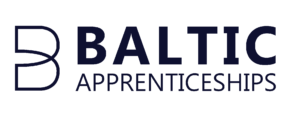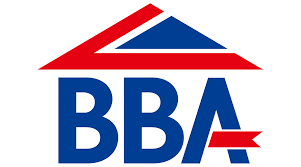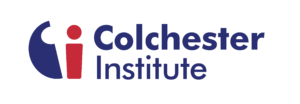5 desk stretches to relieve tension at work
Credit and thanks to Calmer, who kindly gave us permission to share this article.
If you’re a disabled person looking to get active, you’ll find useful info here: https://getyourselfactive.org/
If you’re among the population of workers who spend most of the workday sitting at a desk, it’s likely you’ll experience tension and discomfort from time to time. While it’d be ideal for us all to have several breaks in our day to go for a walk or do some yoga, that’s not always possible depending on our circumstances.
As widely recommended, it’s important to take regular standing breaks to increase blood flow to the legs, and you also don’t have to leave your desk to relax your muscles and relieve tension. Desk stretches are a great way to prevent disruptions to your workflow when on the clock, while still practising self-care.
In this special guest blog post, Luke Strauss shares 5 different stretches you can do at the comfort of your desk to help with relieving tension whilst at work. The next time your neck and back start to cramp up, give the following stretches a try!
1. Neck Rolls
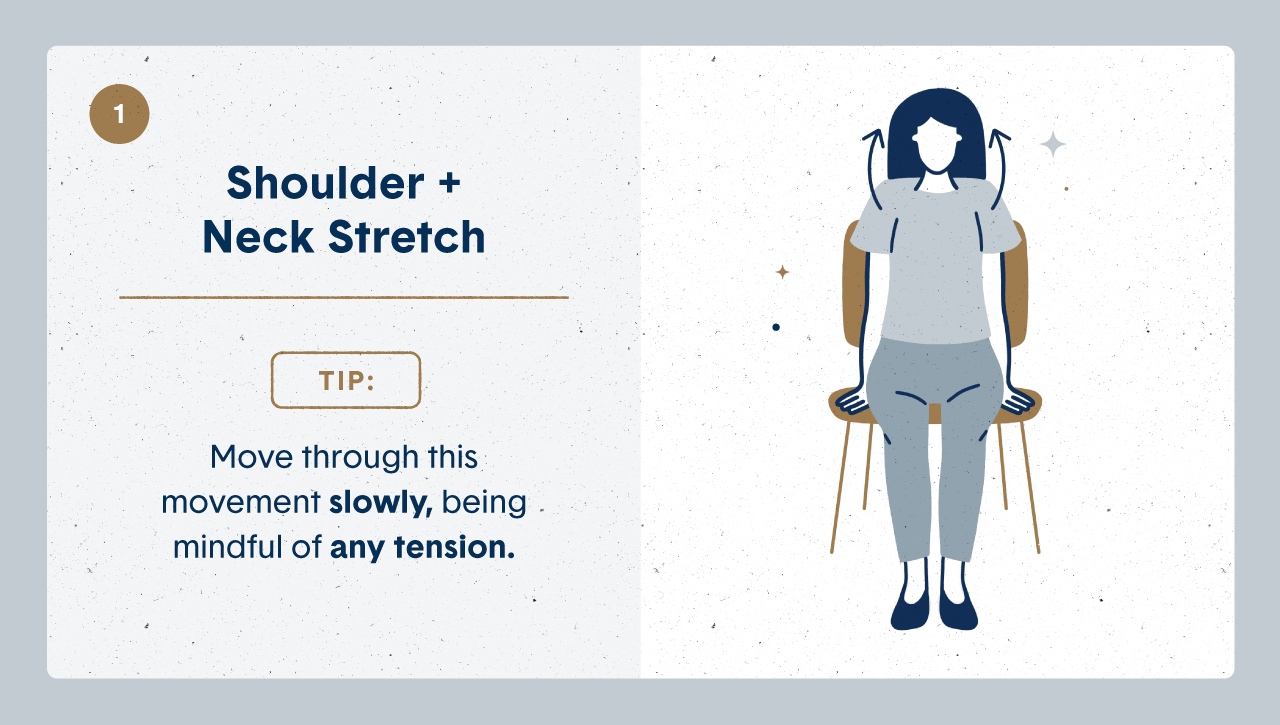
One of the most common complaints among desk workers is neck pain. After all, spending the entire day staring at a screen is bound to cause some muscle tension. To avoid needing to end the day with a deep tissue massage, try incorporating the following stretch into your daily routine.
1. Lower your head in front of you and begin rotating it (very slowly) to the left or to the right.
2. Once your head has made a full rotation, roll it the other way.
3. Repeat 5-10 times for each direction.
If your neck feels tension or pain at any point in the rotation, take it easy and make note of it – you might need to work on that area, or seek additional support to resolve that discomfort.
2. Wrist Stretch
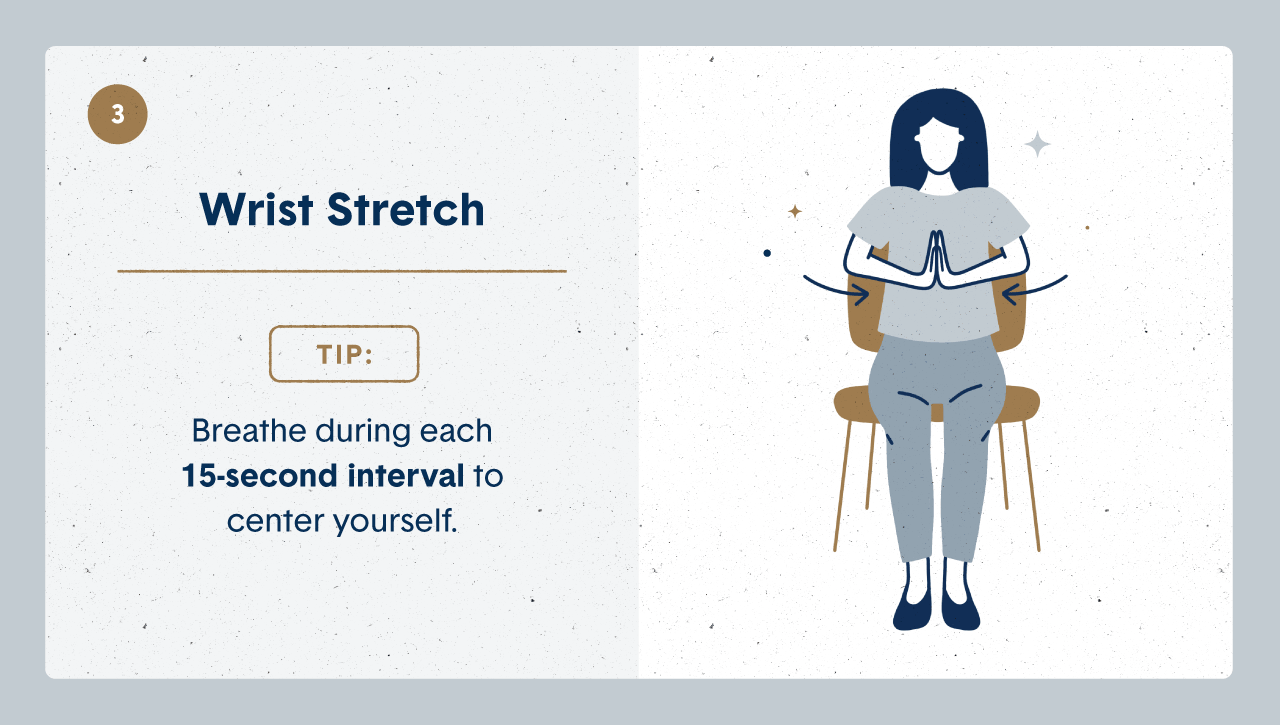
If your job requires a lot of typing, your wrists will be grateful for a rest. Whether they’re already feeling some pain or you just want to take preventative measures, this stretch is designed for you to ease those aches and and surrounding tension.
1. Hold your hands in front of your chest and press your palms together for 15-20 seconds.
2. Flip your hands and press the backs of your hands together for another 15-20 seconds
3. Repeat on each side 5 times.
Not only is this stretch great for giving your hands a typing break, but it also presents the perfect opportunity to incorporate some meditation into your day. Be mindful of your breathing as you stretch and make sure that this break from work feels intentional.
3. Ragdoll

Sometimes, your whole body just needs to take a moment to power down and stretch. Don’t be afraid to give in! The Ragdoll stretch is a great way to give your body the break it deserves.
1. Scoot forward until you’re on the edge of your seat, but still feel stable.
2. Open your knees to provide some space in front of you, keeping your feet flat.
3. Gently fold your torso and head forward into the space between your legs.
4. Fully relax your head, allowing it to sway from left to right. Hold this for 3-5 seconds.
5. Gently roll your body back to an upright position.
To perform this stretch safely, try to keep your back as flat as possible when you bend down.
4. Tummy Twist
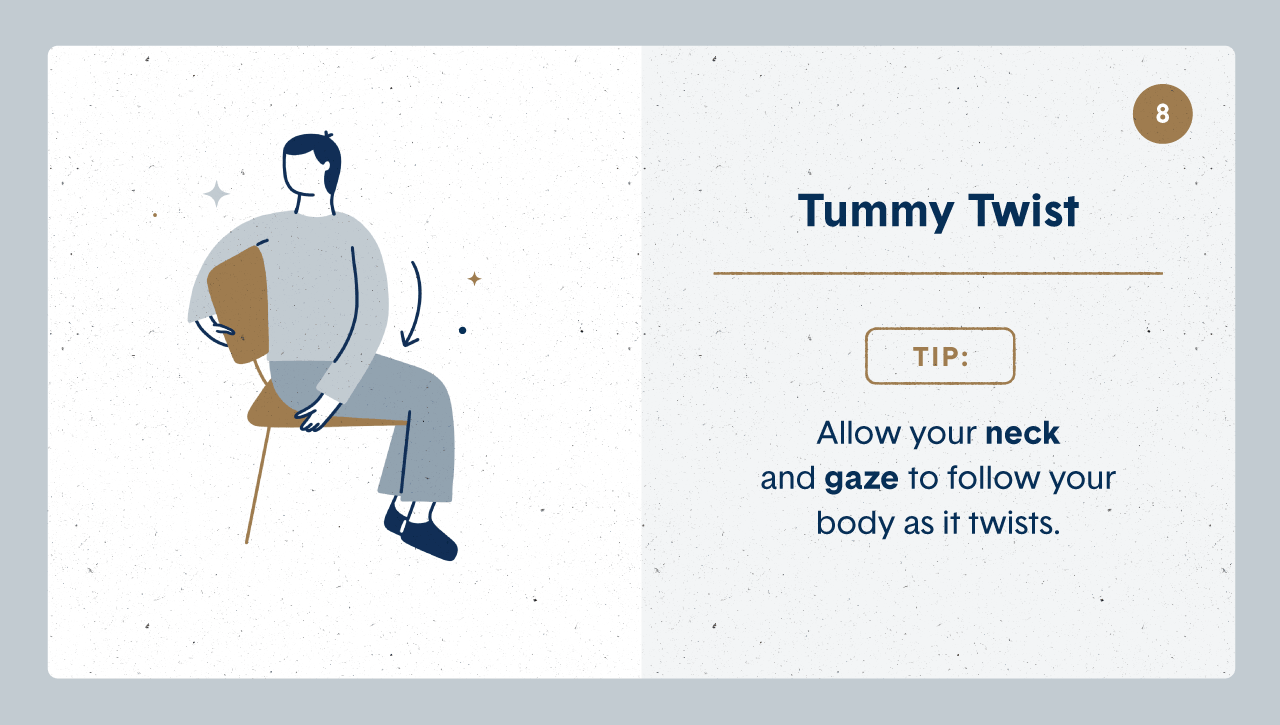
Chances are, you’ve tried the tummy twist before. A favorite among students and desk workers alike, this stretch is great for limbering up your back and boosting your energy.
1. Sit up in your chair, with your back stretched out, your spine straight and your feet planted firmly on the floor.
2. Rotate your upper body to the right or left, twist only as far as you feel comfortable.
3. Use your left hand to grab your right knee (or your right hand to grab your left knee) and use your other hand to grab the back of your chair.
4. Hold for a moment, then return facing forward again.
5. Repeat on the other side.
It’s normal to hear some clicking sounds when you perform this stretch – this sound is made by the fluid surrounding your joints. What matters is that you don’t feel any pain or discomfort when performing the stretch. If you do, that’s a sign to take a break and if you’re concerned, seek further professional support if you need.
5. Seated Backbend

Over long periods of time doing activities that we have to lean down for (such as looking at a computer screen), our backs begin to curve forward. The Seated Backbend is great for stretching your spine, neck muscles and pectorals so that you can alleviate and straighten out your back again.
1. Sit up straight with your feet flat on the floor.
2. Place your hands on your lower back and extend your thumbs around to the front of your hips.
3. Put pressure on your lower back with your hands and inhale deeply.
4. While exhaling, use your head to slowly pull the rest of your body back, arching your back.
5. Hold while taking deep breaths for 5 seconds.
6. Carefully return to your starting position.
7. Repeat 3 to 5 times.
Remember to take it easy when dropping your head back and only go as far as you feel comfortable. If you’re not able to arch your back as much as you’d like to, that’s okay – the more you practise, the more you’ll improve!
7 more steps
Desk stretches can be a valuable part of a healthy self-care regimen, however it’s important to take care of yourself in more ways than one. Remember to eat well and exercise regularly to make sure you’re taking care of your mental and physical health, as comprehensively as possible.
If you enjoyed the desk stretches above, check out Tommy John’s visual, walking you through a complete set of 12 desk stretch exercises. Whether you dip into these exercises on a regular basis or as and when you feel the need, I hope this has inspired you to prioritise pockets of time to look after your physical and mental health.







